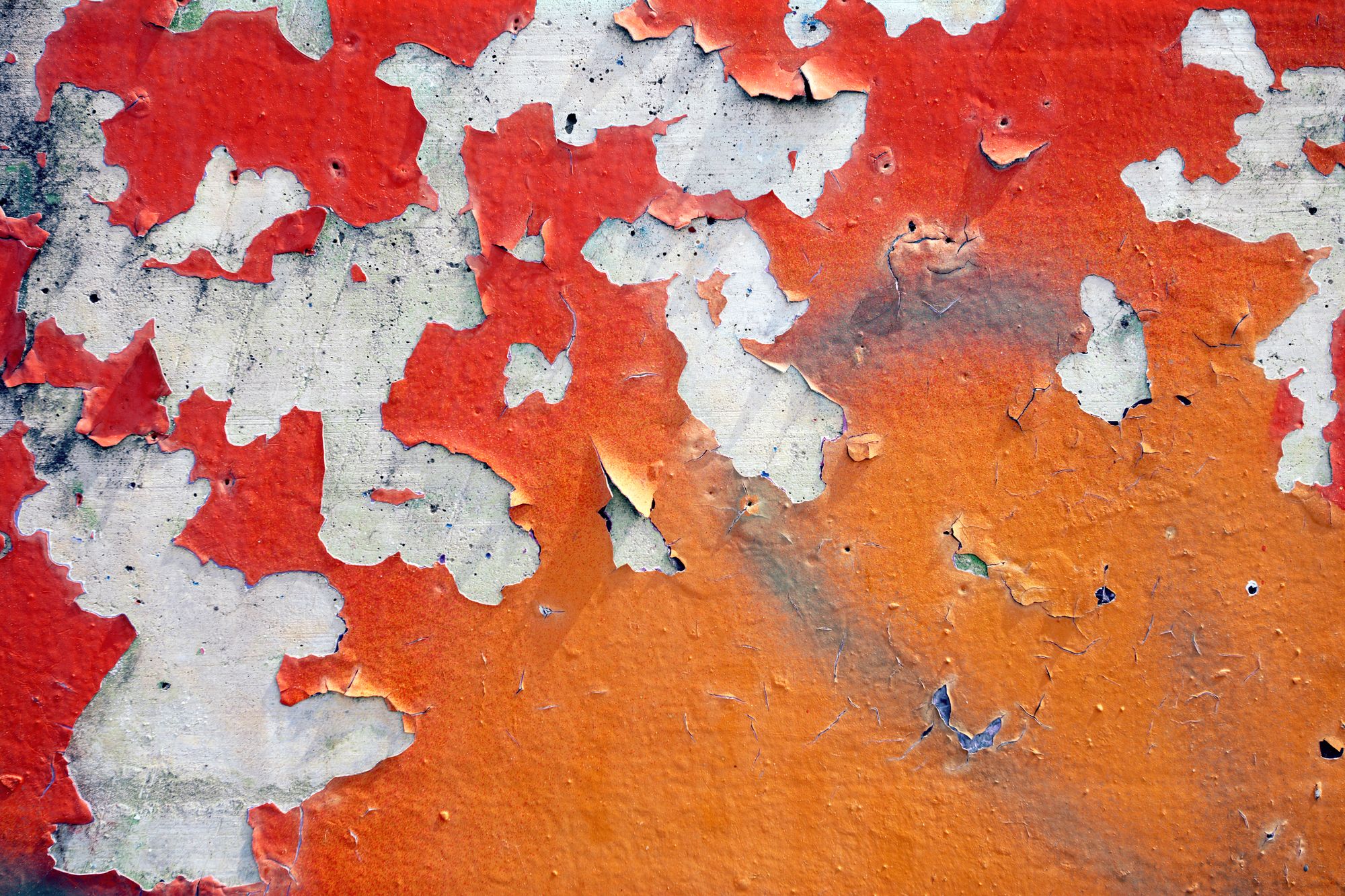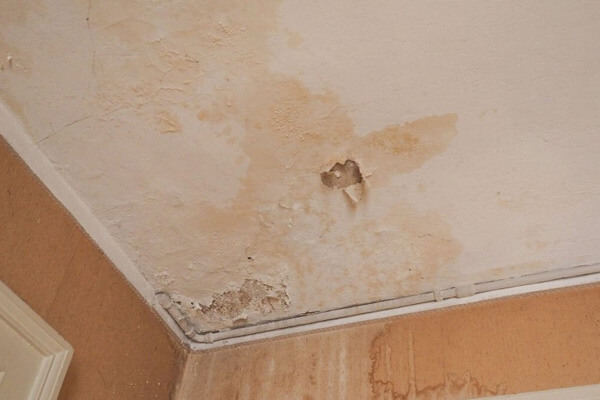The content below involving How to Remove Water Stains from Walls and Ceilings is totally enlightening. Give it a try and draw your own assumptions.

Water discolorations on wall surfaces are not pleasurable to the eyes. Occasionally it seems practically inescapable to experience water discolorations on walls in houses.
House owners living in damp regions continuously deal with the worry of water stains on walls. With precise as well as well-shaped info on the causes of water spots and also prompt repair procedures, you will certainly always be an action in advance of such incidents.
3 Usual Causes of Water Spots on Wall Surfaces
Unlike common belief, water spots on wall surfaces do not constantly stem from inadequate structure materials. There are numerous reasons for water stains on wall surfaces. These consist of:
Wet
When warm wet air meets with completely dry chilly air, it creates water beads to form on the wall surfaces of buildings. This takes place in bathroom and kitchens when there is heavy steam from food preparation or showers. The water beads can tarnish the bordering walls in these parts of your house as well as spread to other locations.
Damp or condensation influences the roof and also wall surfaces of buildings. When the wall is wet, it develops a suitable atmosphere for the growth of microbes and also fungis.
Poor Drainage
This will prevent water from leaking into the wall surfaces. This links to excessive moisture that you notice on the walls of your building.
The leading cause of wet walls, in this situation, can be an inadequate water drainage system. It can likewise result from bad administration of sewer pipes that go through the structure.
Pipeline Leaks
Many residences have a network of water pipes within the walls. This makes certain that the pipes are faraway from the reach of harmful rats. It constantly boosts the stability of such pipelines, as there is little oxygen within the walls. This inhibits rust.
A disadvantage to this is that water leakage affects the walls of the building and also creates extensive damage. A telltale sign of defective pipes is the appearance of a water stain on the wall surface.
Pro Tip
A houseplant in your house also raises its moisture. So, if your home is currently moist, you might wish to introduce houseplants with marginal transpiration. An instance of appropriate houseplants is succulents.
Water Stains on Wall Surface: Fixing Tips
When dealing with water discolorations, house owners would typically want a fast fix. Yet, they would certainly soon recognize this is counterproductive as the water spots repeat. Here are a couple of useful pointers that will lead you in the repair service of water discolorations on wall surfaces:
- Constantly fix the source of water stains on wall surfaces
- Engage the aid of professional repair service services
- Method routine hygiene and clean blocked sewage systems
- When constructing a home in a waterlogged location, ensure that the employees conduct correct grading
- Tiling areas that are prone to high condensation, such as the kitchen and bathroom, assists in decreasing the accumulation of wet
- Dehumidifiers are also valuable in maintaining the moisture levels at bay
Final thought
Although no person wants to have water discolorations on walls in their residence, it can happen to the best people. This post offers you take advantage of, as you now understand just how to handle this incident if it does happen.
It is constantly best to recruit expert solutions to help take care of the problems in your house.
Occasionally it seems nearly unpreventable to experience water stains on wall surfaces in homes.
In contrast to popular belief, water discolorations on wall surfaces do not constantly stem from inadequate structure products. There are a number of causes of water stains on walls. The water beads can stain the bordering walls in these components of your residence and spread to other locations.
Here are a couple of helpful suggestions that will guide you in the repair service of water discolorations on walls:
CHECKING FOR WATER DAMAGE
Water damage can be costly, and it may begin before you even notice the first signs of trouble. Water damage can cause mold and mildew in your walls and floors, which can create an abundance of health concerns for your family. It can also lead to costly repairs of various appliances and general home fixtures. To avoid the pricey consequences of water damage, here are Warner Service s top 5 places you should check:
- The walls The easiest place to spot the beginnings of water damage is on the walls and ceilings of your home. If water damage is present, there will most likely be water stains, especially around the windows and doorframes, and/or cracks in the drywall. If a stain looks unusual (discolored to brown, black or gray, raised texture), has a swollen appearance or is soft to the touch, contact a professional immediately.
- The pipes To avoid water damage, consistently check the pipes in your kitchen (especially the dishwasher and ice maker), bathrooms, laundry room (specifically washing machines) and basement for corrosion, leaks and water stains. Pay special attention to where the pipes connect in your home and the location of caulking around the bathroom fixtures, including toilets, sinks, showers and tubs. Missing or loose caulking and grout could be signs of leaking water. This seepage can also quickly cause mold and rust, so double check your water heater and tank for wet spots on the floor.
- The floor Water damage is very easy to spot on the floor. Look for any warping or buckling of the material, especially in the basement. If your home has wood flooring, look for bright white or dark stains. If your home has carpeting, keep it dry and clean. A damp carpet that smells of mold could cause water damage and health problems. To avoid this, consider installing floor pans under your appliances to help prevent damages from small, slow and undetected leaks.
- The basement and attic If your basement or attic smells odd check for mold and mildew around the area, especially the valley where the roof meets. While you are inspecting those areas, check for wall cracks, floor stains, rust and dampness in the insulation. If you live in a colder and/or rainier climate, perform routine checks for water damage from melting snow or ice and rain.
- The exterior Check the roof for damaged flashing and missing, cracked or curled shingles. There should also be no standing water anywhere outside your home. This could be caused by puddles, leaky rain gutters or hoses, poor drainage, or short gutter spouts. Invest in a sump pump system or water flow monitoring system, and perform routine maintenance on these outdoor appliances to avoid indoor water damage.

As a fervent reader on Indicators of Water Damage Behind Walls, I imagined sharing that excerpt was a good thing. Are you aware of another individual who is fascinated about the subject? Do not hesitate to share it. I appreciate reading our article about How to Remove Water Stains from Walls and Ceilings.
Get A Quote
Comments on “How to Fix Water Stains on Walls: Checks and Repairs”